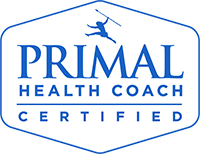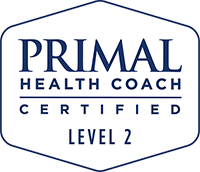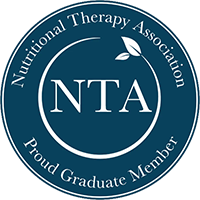SHT Mediterranean
download guide and forms:
- download SHT Mediterranean guide here.
- download diligence tracker here. we also have this for sale in our office as 11 x 17 card stock for $3, and 11 x 17 LAMINATED so that you can use dry erase markers for $10. check out this video on how to use it!
- download Nevada seasonal produce guide here.
- download animal foods and superfoods checklist here.
watch the SHT Mediterranean videos:
- about the SHT Mediterranean diet and lifestyle.
- the SHT Mediterranean food goals.
- circadian rhythms and the importance of brightness and direct sun exposure.
- how to use the diligence tracker. we have these for sale!
other resources mentioned:
- our take on cured meats!
- how to find what’s seasonal in your area. this is a pretty cool resource and there’s an app!
- Primal Kitchen dressings.
- Red Boat fish sauce.
- California Olive Ranch olive oil.
- Celtic sea salt.
- organic black pepper.
what is “Mediterranean?”
it incorporates principles from countries and cultures that border the Mediterranean sea:
- North Africa has a lot of spices and herbs but does not tend to be “spicy.” they incorporate more deep flavors, deep orange and meats, finished with herbs like cilantro and parsley. they use slow-cooked meats and soups.
- In the Middle Eastern area, there is a lot of use of garlic and sesame seeds. one of the foundational ingredients in Middle Eastern dishes is tahini, which has a unique tangy flavor and silky texture—much like a nut butter—and adds richness and body to recipes.
- Italy we get a lot of tomato-based dishes, and the use of oregano, olive oil, parsley, basil, and thyme.
- we see some Asian influences with the use of turmeric and ginger.
- the Balkans are known for their use of paprika and capers.
- Provence, a coastal region of France, uses things like sage, rosemary and fennel.
some commonalities we can pull from these cultures:
- local and seasonal ingredients including produce, herbs, grazing animals and wild seafood.
- spices such as cumin, cinnamon, coriander, paprika, turmeric, and saffron.
- flavors of fresh herbs like cilantro, parsley, and mint.
- liberal use of olives and olive oil.
- salads, soups, and dips compliment most meals.
- small fish like anchovies, sardines, and other fatty fish.
some other healthful characteristics:
- life tends to be at a slower pace. calm and relaxed.
- value family and social connections.
- seasonal eating is foundational.
- relatively active lifestyle, lots of moving at a constant, low-level pace.
- less technology-driven than the U.S.
- most meals cooked at home.
- embrace healthful fats olive oil, butter, duck, lamb, and other animal fats.
- avoid processed foods.
- embrace nose-to-tail eating.
SHT Mediterranean definition of real food is slightly different.
we use the same food groups, with slightly different foods within those food groups. please refer to your guide for details.
we also incorporate summer eating guidelines.
this includes lifestyle factors. refer to your guide.
our food goals:
- 100% fresh real food, no “approved” options.
- 3 meals per day, moving towards 2 meals per day.
- no carbs in the morning, no snacking between meals, a little bit of carbs in the evening from fruit. we opt for fruit over safe starches.
- follow the new SHT Mediterranean guidelines (p 26). choose how many days per week you’d like to eat fish or seafood for your evening meal.
implement our new circadian rhythms / sleep guidelines:
- get 30 minutes of cumulative bright outdoor light every day.
- get 15 minutes of direct sun exposure on your bare arms and legs for 3 days per week.




